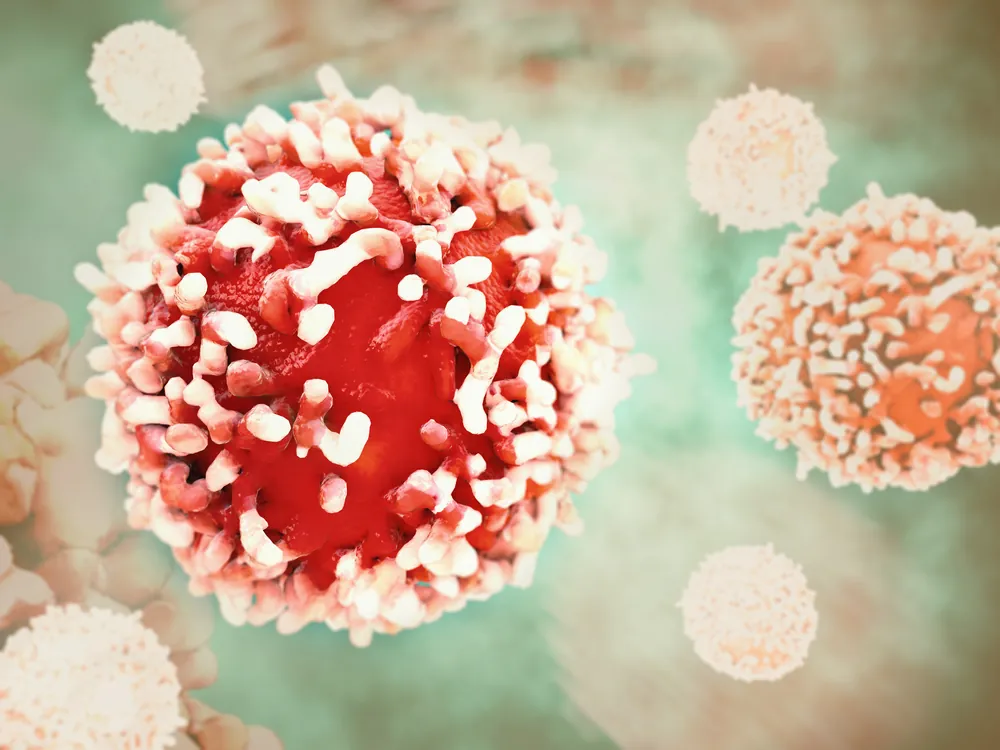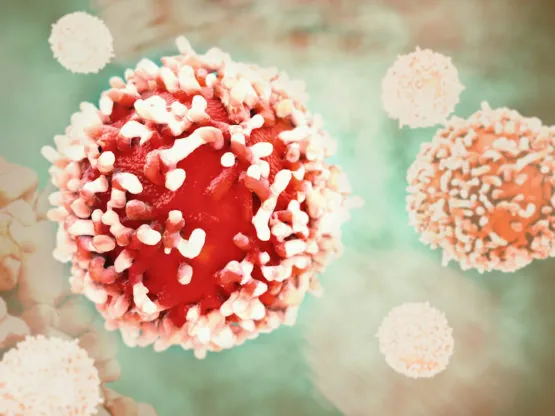Some cancer cells express some of the same genes that senescent cells do, so it makes sense that drugs that destroy senescent cells may also destroy cancer cells. This was what the researchers in this new study set out to test.
Abstract
p16Ink4a is a potent cell cycle inhibitor engaged to support cell cycle arrest during cellular senescence. However, in tumors carrying mutations in key downstream effectors, p16Ink4a is highly expressed but fails to block cell proliferation. p16Ink4a-overexpressing tumor cells are highly aggressive and no targeted interventions are available. To study the effect of specific therapies, we generated murine sarcomas by overexpressing RAS oncogene and disrupting p53 activity. We observed that p16Ink4a-overexpressing murine sarcoma cells were resistant to ABT-263 and ABT-737, anti-cancer small molecules previously shown to eliminate p16Ink4a+ senescent cells. We then generated sarcoma cells carrying a suicide and reporter gene, called 3MR, under the regulation of the full p16Ink4a promoter. Activation of the suicide efficiently killed p16Ink4a-overexpressing sarcoma cells in vitro and in vivo.
These data suggest that suicide gene therapy could represent an important therapeutic approach for the treatment of highly aggressive p16Ink4a+ cancers.
However, in this experiment, the researchers discovered that the chosen senolytic drugs were not effective at destroying cancer cells with senescence-associated gene expression. While cancer cells and senescent cells do share some common properties, they are also quite different at an epigenetic level.
The researchers did, however, demonstrate that a so-called “suicide gene therapy” that causes both senescent cells and cancer cells to kill themselves worked by targeting senescence-associated p16Ink4a. This approach is similar to that of SENS spin-off company Oisin Biotechnologies, which is using a suicide gene therapy to eliminate senescent cells.
Conclusion
Small molecules carry the risk of off-target and unwanted effects; for example, they could destroy cancer but also impair wound healing by harming beneficial p16Ink4a+ cells, including macrophages. Gene therapies offer far higher selectivity and, ultimately, are likely to be the most efficient method of causing cancerous and senescent cells to self-destruct.
Literature
[1] Kohli, J., Campisi, J., & Demaria, M. (2017). A novel suicide gene therapy for the treatment of p16 Ink4a-overexpressing tumors. Oncotarget, 9(7), 7274-7281.


